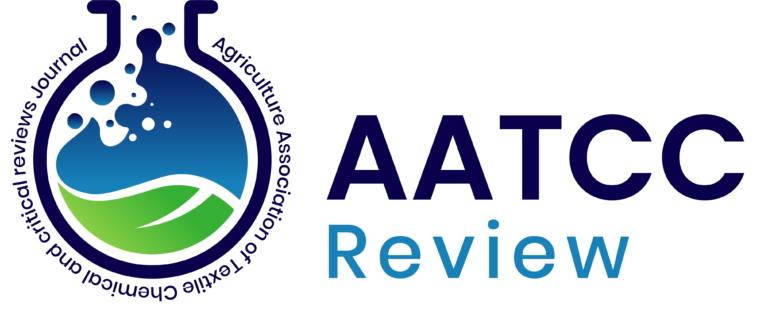Ralstonia solanacearum: an overview on distribution, variability, bio-management and host plant resistance approaches
DOI: https://doi.org/10.21276/AATCCReview.2025.13.04.270
Abstract
Ralstonia solanacearum, a highly destructive soil-borne bacterium, is responsible for bacterial wilt disease in over 200 plant species belonging to over 50 different botanical families, including important solanaceous crops viz., potato, tomato and eggplant. This is the world’s second most damaging bacterial plant pathogen threatening global food security due to its rapid spread, genetic adaptability and ability to persist in diverse environments. R. solanacearum (phylotype II) originated in Central and South America and has spread globally through contaminated agricultural materials. Infected potato facilitated its establishment in Africa, Asia, Europe and Oceania, while international trade of ornamental plants like Pelargonium introduced the pathogen into greenhouse systems in Europe and the United States of America. Its adaptability to varied climatic conditions has enabled the colonization in wide regions including tropical, subtropical and temperate, posing a persistent threat to crop production. The pathogen exhibits extensive genetic diversity and is classified into three species within the Ralstonia solanacearum species complex (RSSC) i.e. R. solanacearum, R. pseudosolanacearum and R. syzygii. Horizontal gene transfer drives the development of diverse strains, resulting in rapid evolution and enabling the acquisition of virulence traits. These further help in the adaptation of bacterium to new hosts and environments. This variability generated across genetic, environmental, ecological and pathogenic aspects, complicates disease management and necessitates region-specific management approaches. The conventional management approaches for bacterial wilt disease remains challenging due to pathogen’s genetic heterogeneity and environmental adaptability. Hence, these limitations reduce the efficacy of traditional control measures. In line to these limitations, sustainable control of R. solanacearum relies on biocontrol agents (BCAs) and integrated approaches that harness ecological interactions to suppress pathogen populations. Bacteria make up the majority of BCAs at 90%, with fungi accounting for the remaining 10%. Key bacterial BCAs exploited for the control of R. solanacearum include Pseudomonas, Bacillus and Streptomyces which suppress soil pathogen populations and enhance plant immunity. Additionally, lytic bacteriophages have shown significant efficacy in controlling R. solanacearum. Various studies concluded that cultivation of resistant varieties, application of biocontrol measures and microbiome engineering can offer long-term sustainable management of R. solanacearum across diverse cropping systems. This review synthesizes worldwide distribution, variability of Ralstonia solanacearum along with current research in host resistance and biological management, offering insights that contribute to sustainable plant disease management.
PDF: View / Download

